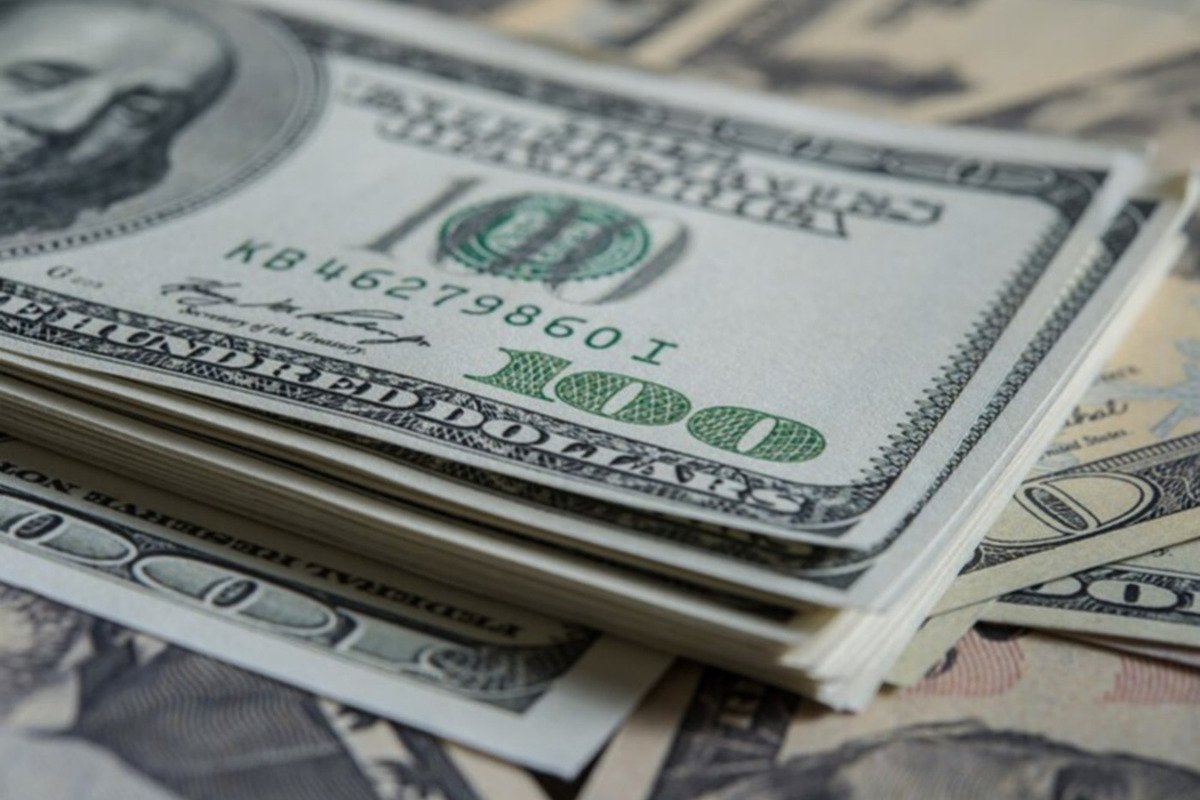Russians have increased their reserves of “toxic” dollars: why foreign currency savings are growing
[ad_1]

“The weakness of the ruble will increase – this is in the interests of the budget”
The growth in the volume of foreign currency savings in the hands of citizens has always been an indicator of the crisis and the population’s distrust of the national currency, which risks collapsing at any moment. Thus, in January 2024, Russians’ dollar savings increased to 8.7 trillion rubles compared to 6.9 trillion a year earlier. It would seem that the “American” has long been recognized as a toxic, unfriendly asset. Russia has been confidently pursuing de-dollarization for several years now, but here there is such a discrepancy. Are hard times ahead for the ruble?
Despite the risks, Russians continue to keep their savings in dollars. According to the Central Bank, in January 2024, the volume of foreign currency in households increased to 8.7 trillion rubles compared to 6.9 trillion a year earlier.
The dollar today is, of course, a “toxic” currency for Russians. However, its rate is still high, and many experts expect further growth after the presidential elections. At the same time, Russians have a “genetic” fear, which forces them to buy currency, namely dollars, in crisis situations. Throughout 2022, people were afraid that dollars would be banned within the country, but this did not happen. A year later, everyone realized that there was no such threat and returned to moderate purchases.
The growth of the dollar supply is observed only in the form of an increase in cash currency, says Anna Gondusova, director of client relations at Alfa Capital Management Company. According to her, it is possible to speak with confidence about the trend for foreign currency savings, but in a very limited format. “There are people who always buy currency with a certain frequency, and they will continue to do so. It’s unlikely that new faces will join them,” she said.
The increase in the number of dollars in the accounts of Russians can be explained by the desire to make money on the difference in rates, says Artem Deev, head of the analytical department at AMarkets. At the same time, the expert does not believe that this trend contradicts the “dedollarization” policy that is currently in effect in the country: it implies a refusal to pay in dollars for foreign trade – for the domestic market and the personal needs of citizens, the North American currency is still quite suitable.
“It’s better to keep dollars in cash: so as not to lose your savings due to some new sanctions or restrictions from the collective West. Actually, this, in my opinion, is now the main risk of owning dollars,” notes MK’s interlocutor. “In the future, they can be exchanged for the same yuan – this is both a friendly currency and a more stable one.”
According to private investor Fedor Sidorov, the potential for strengthening the ruble has already been exhausted, and after the Central Bank moves to lower the key rate, its exchange rate will begin to fall. “The dollar will rise in price. Plus, people’s trust in the “green” currency since the 1990s has been much greater than in their native “wooden” one, the expert continues. – It is no coincidence that one of the key indicators of stability in the country for public opinion is the ratio of the ruble exchange rate to the dollar exchange rate. People are afraid not of inflation, economic stagnation and the risk of recession – but of “two hundred dollars.”
Meanwhile, BCS Forex analyst Anatoly Trifonov is convinced that the growth in foreign currency savings in rubles is explained mainly by the revaluation effect. Let us recall that the average exchange rate of the Russian ruble to the dollar in January decreased by 22.2% year-on-year, that is, dollar deposits increased slightly in dollars, but increased sharply in ruble equivalent.
“Russians continue to keep dollar deposits for various purposes, primarily to minimize devaluation risks. Given the depreciation of the national currency by 22% per year, risk-free investments in rubles cannot provide the same profitability. Against this background, interest in deposits in other currencies is also growing. Of course, one could choose yuan, however, this instrument is less developed and not all banks are ready to offer clients deposits in yuan,” he concludes.
At the same time, experts emphasize that storing funds in dollars is associated with certain risks. In particular, if a bank falls under US sanctions and its accounts are frozen, it can shift part of the losses to depositors. In addition, there remain risks of introducing additional restrictions on currency turnover. And in these conditions, dollar deposits are seen as an unnecessarily risky way of saving money.
[ad_2]
Source link






